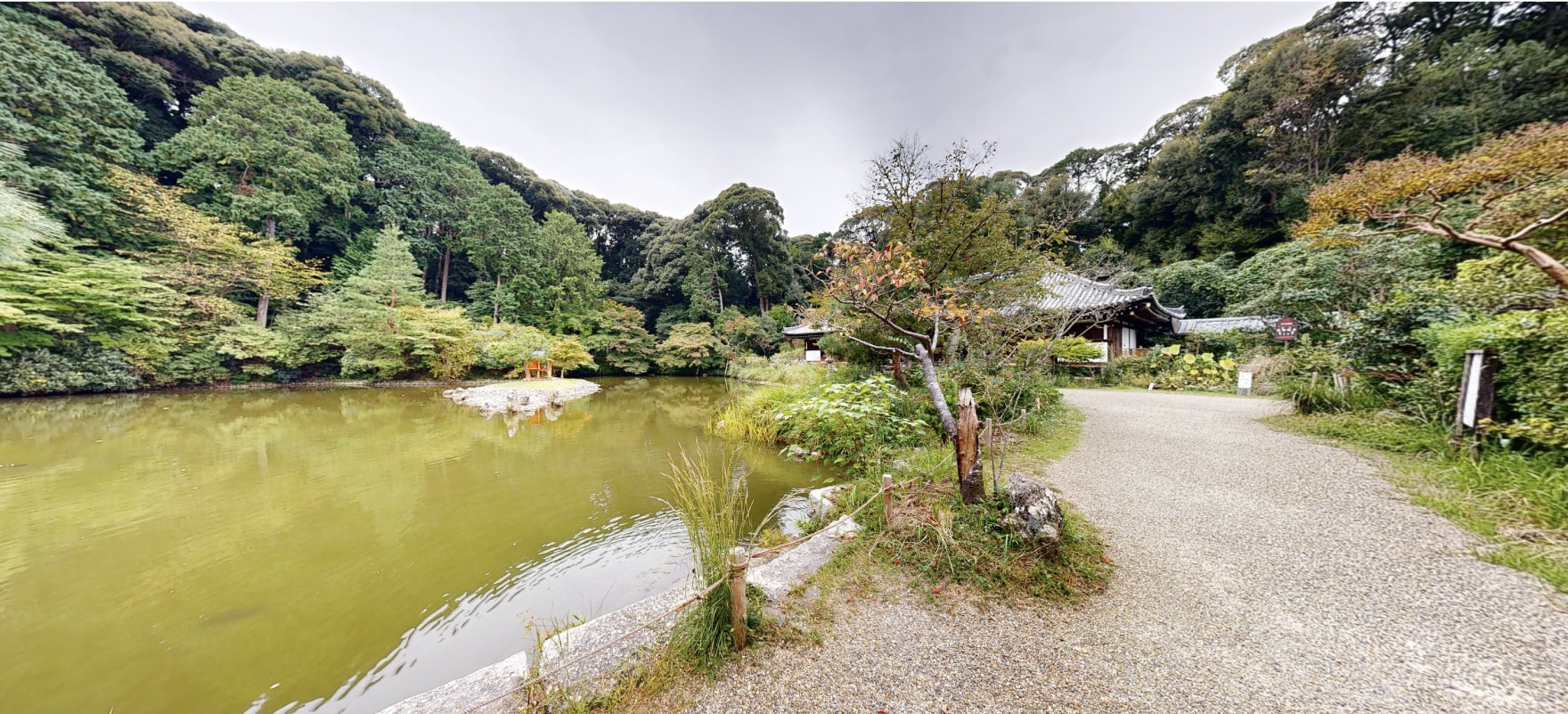This site’s cultural heritage has been preserved and passed down over hundreds of years.
What you have seen so far may only be a fraction of their charm.
It is complex and difficult to understand. But understanding brings enjoyment.
JORURIJI LENS provides a focused look on the temple’s cultural heritage to provide new discoveries and areas of interest.
-
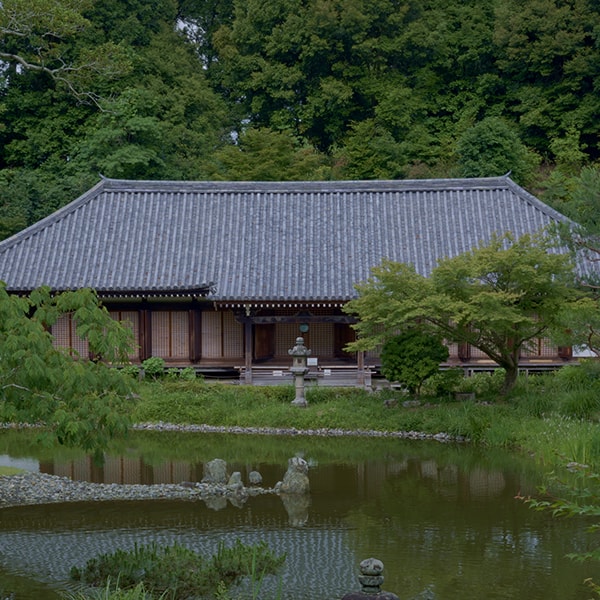
Main Hall
-
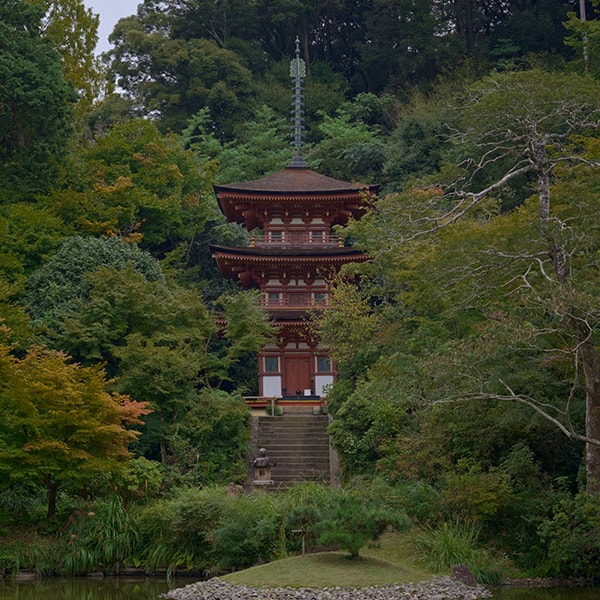
Three-Storied Pagoda
-

Stone Lantern at base of Three-Storied Pagoda
-
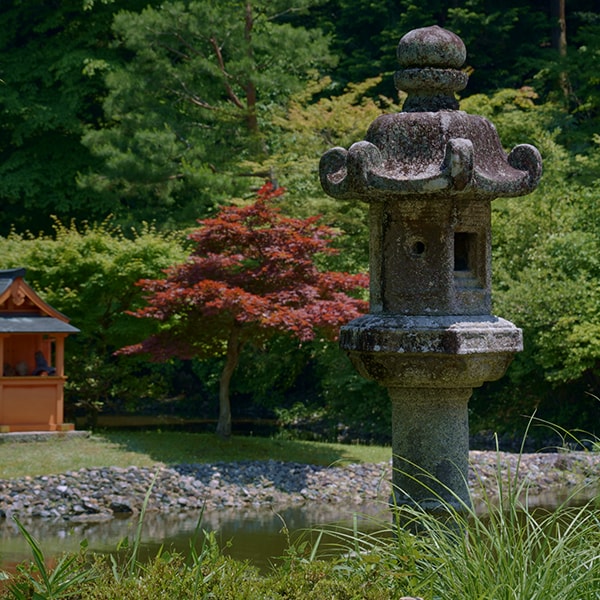
Stone Lantern in front of Main Hall
-
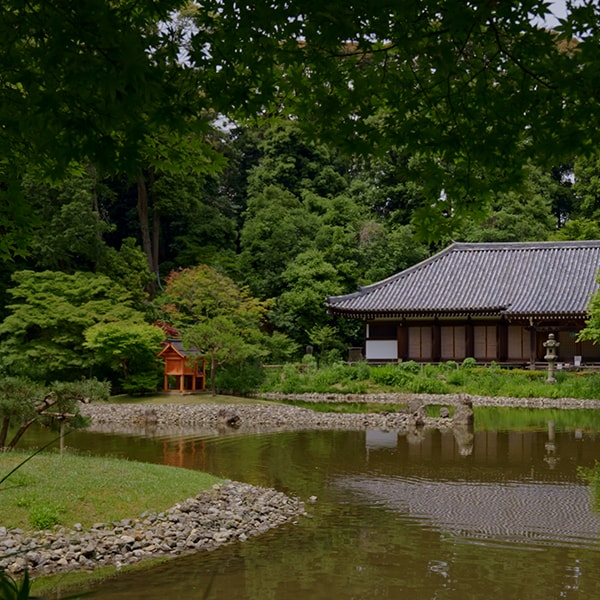
Joruriji Temple Garden
Sacred Site: MinamiyamashiroTono-no-sato
Joruriji Temple is located in the hilly region at the border of Kyoto Prefecture and Nara Prefecture. Historically, this area was a sacred site where monks from great temples in Nara, such as Kofukuji and Todaiji, would retreat from the world for self-cultivation and study. It is said that the name "Tono" derives from the area's ancient scenery, when three-storied pagodas, thirteen-tiered stone pagodas, and Gorinto pagodas clustered across the landscape forming the appearance of a mountain ridge, so that the place was referred to as the Ridge of Pagodas, or tono. Tono remains a historically rich area today, with the remains of Zuiganji Temple and numerous stone Buddhist statues dotted around scenic villages and the surrounding fields, forests, and mountains.







